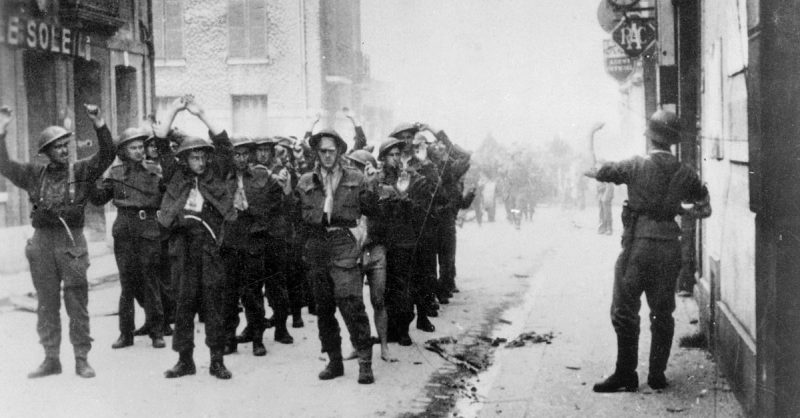On the 19th of August 1942, the Allies launched a raid on the port of Dieppe in Nazi-occupied France. Though the operation was run by the British armed forces, most of the troops involved were Canadian. It would become one of Canada’s most disastrous experiences of the war.
Why Launch the Raid?
The main reason for raiding Dieppe was to test the German defenses. The Germans had started building up strong defensive positions along the Channel coast. Though the Allies weren’t planning on invading France any time soon, they knew that they would have to sooner or later. A raid in force would let them do some damage to the German defenses, understand how those defenses were set up, and it would also provide valuable experience for future planning.
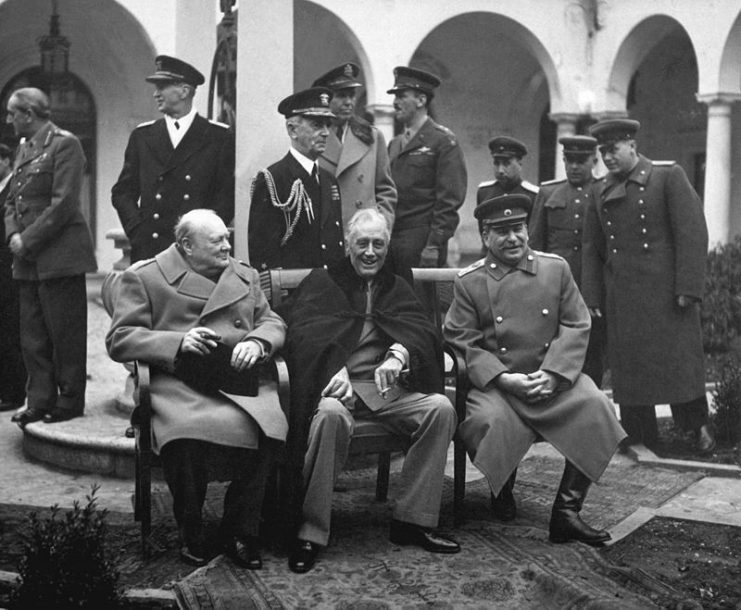
There was also a political factor. The British were under pressure from the Americans and Russians to commit to an invasion of occupied Western Europe. Prime Minister Winston Churchill believed that the time for this had not yet come. Avoiding this invasion risked making Britain look less committed to the Allied cause. The Dieppe raid was a way of demonstrating that commitment.
With Canadian forces having recently arrived to serve under the command of the British army, the resources were available for such a raid.
Initial Landings
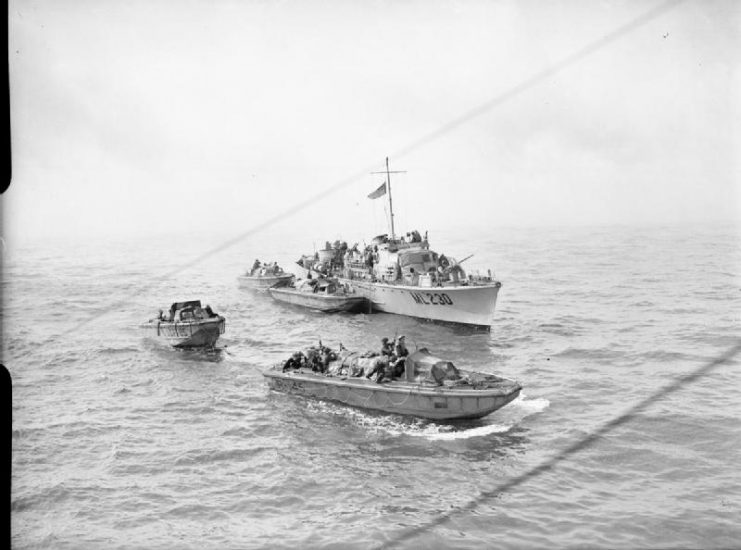
The raid began before dawn, as waves of landing craft headed out from a small fleet off the French coast.
The first waves consisted of British commandos, targeting headlands to the east and west of Dieppe. Their goal was to take out the German batteries of heavy guns covering the main beaches.
One group reached their target on time and took out a battery in a textbook assault. They were in and out without trouble.
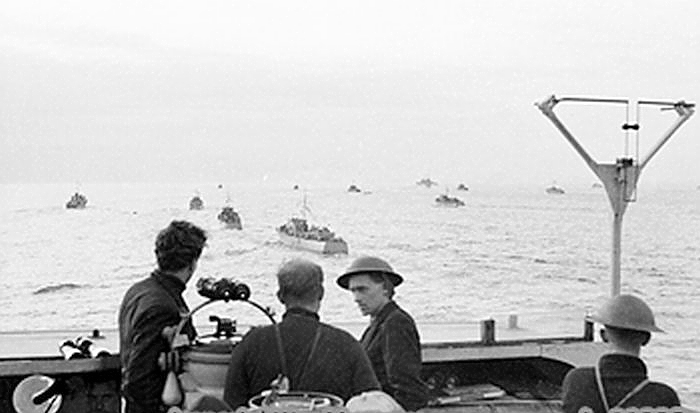
The other group ran into armed enemy trawlers on the way to shore. Their craft scattered. Most never reached the shore. The men who made it didn’t arrive in enough numbers or the necessary equipment to take out their target. They harassed the German battery, reducing its ability to intervene in the main landings, but did little lasting damage.
Meanwhile, in the pre-dawn gloom, the Canadians were heading in.
The Main Assault
The Canadian troops landed on a series of beaches at Dieppe and to either side. The infantry went in first, with tanks joining them in a later wave.
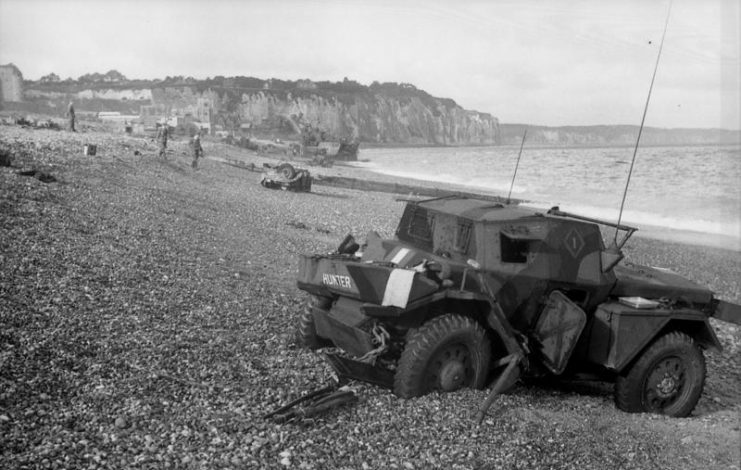
From the moment they landed, the Canadians found themselves in trouble. The element of surprise that was supposed to keep them safe was gone. The initial landings had told the Germans that something was coming and now they were prepared.
The Germans were well equipped to deal with an infantry landing. Barbed wire along the top of the seawall made it difficult for the Canadians to get off the beach. Accurate bursts from heavy-firing German machine-guns cut them down as they emerged from their landing craft. The batteries overlooking the beaches, most of which remained intact throughout the day, pounded both the men on the beaches and the boats bringing in reinforcements.
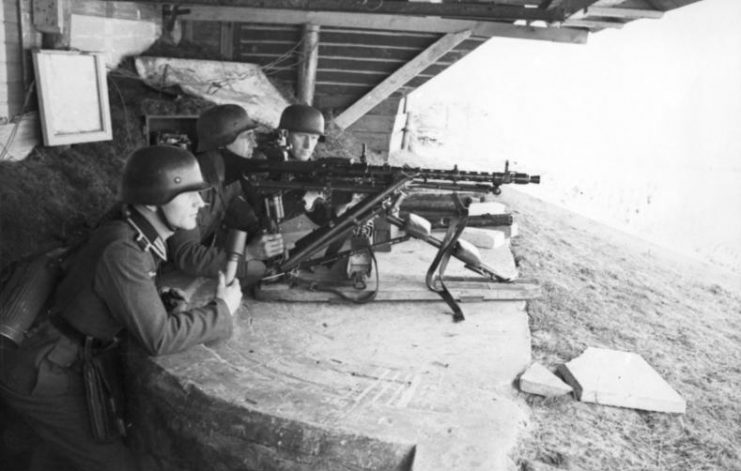
The nature of the beaches made things even tougher. British intelligence gathering had failed to identify that these were steep beaches made of large diameter shingle, making them difficult to ascend.
In most places, the men became trapped. They dug in in the shingle or took shelter beneath the sea wall. Those who couldn’t reach shelter were easy targets for the Germans.
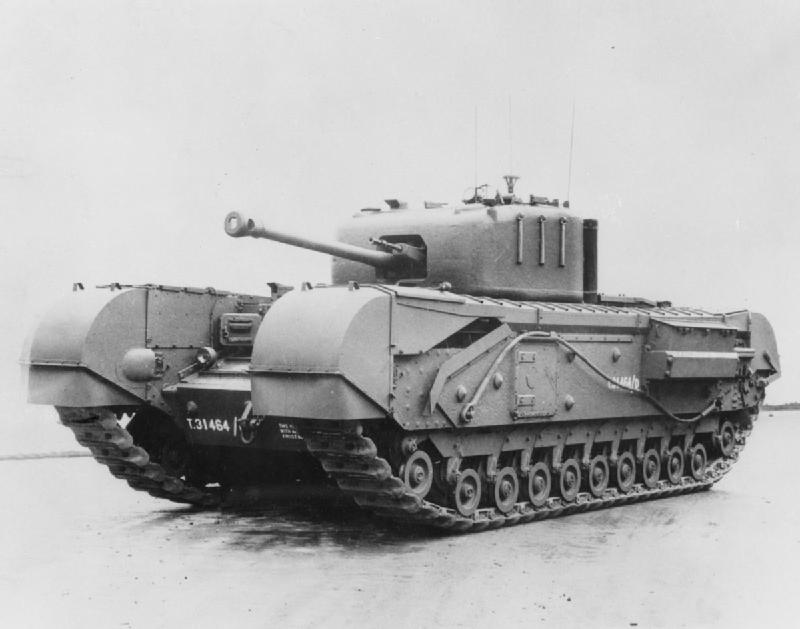
The tanks didn’t fare any better. The enemy batteries destroyed many of them before they reached shore. Only 28 managed to land and few of those that made it were able to get off the beaches. Six got into Dieppe, and of these, only one made it back to the beach after doing what damage it could.
There were several incidents of courage and daring in which small bands of infantry made it through the wire and harassed the Germans, but these were nowhere near what the planners had envisaged.
The only substantial advances were made west of Dieppe, where the South Saskatchewan Regiment and the Queens’ Own Camerons landed at Pourville. These regiments fought their way inland, capturing an important bridge. Before they could reach their objectives, they saw that the rest of the raid had failed and that if they kept advancing they would have no way out. They therefore retreated to the coast ready for evacuation.
In the Air
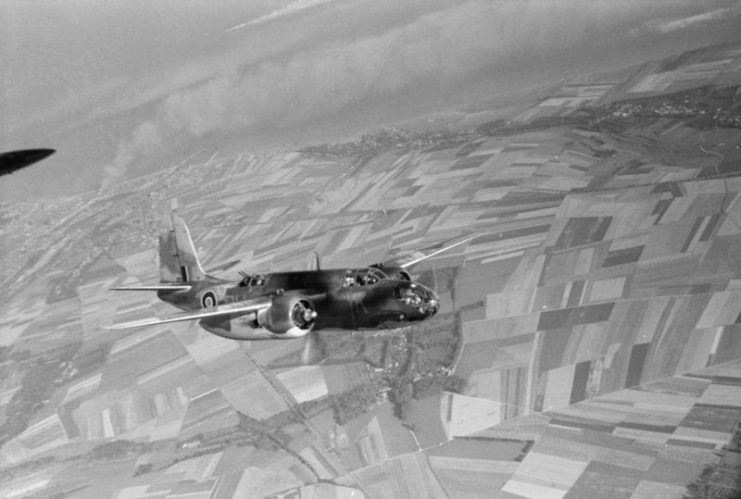
In the skies above Dieppe, the Royal Air Force (RAF) was pursuing a different objective. Its pilots had come out to support the landings, but also to try and tear a chunk out of the Luftwaffe. It was hoped that the German air force would be unable to resist the target offered by the raiding fleet, giving British fighters a chance to destroy large numbers of enemy planes.
The outcome of this element of the plan has been disputed, in part because the RAF tended to over-estimate its successes. Though there was a significant aerial battle, it didn’t have a lasting impact on either side.
Withdrawal
By 0900, the Allied commanders had thrown in the last of their reserves without success. It was clear that the raid was doomed. At 1022 they began a rescue mission, abandoning their complicated withdrawal plan and hastily forming a new one to save as many men as possible.
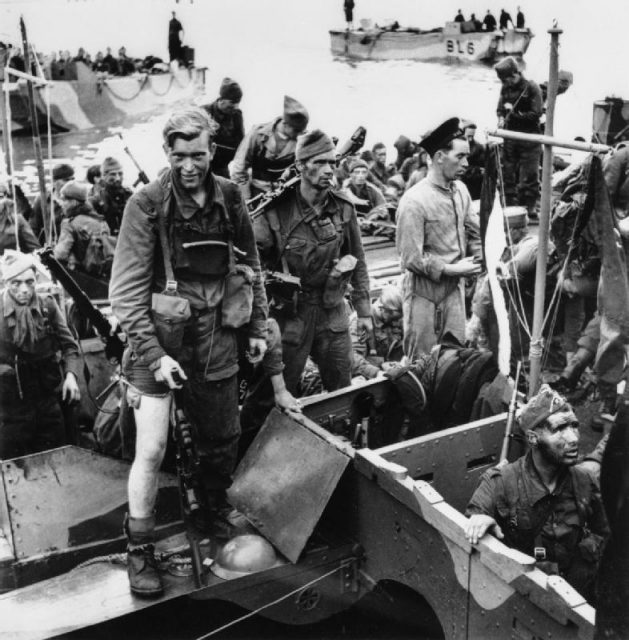
For the next three hours, the survivors clung to the coast while all available boats made dangerous rescue journeys back and forth under German fire. But for many, there would be no escape.
In total, the Allies lost 494 officers and 3,890 men, either killed, injured, or captured. Three-quarters of these casualties were Canadians from the main landing force. More Canadians were captured that day than in the whole campaign from D-Day to the fall of Germany.
The raid had been a disaster from the start. Almost none of the targets were destroyed, and the loss of men was far higher than expected. Valuable lessons were learned, lessons which saved many lives on D-Day. But they came at a heavy cost.
